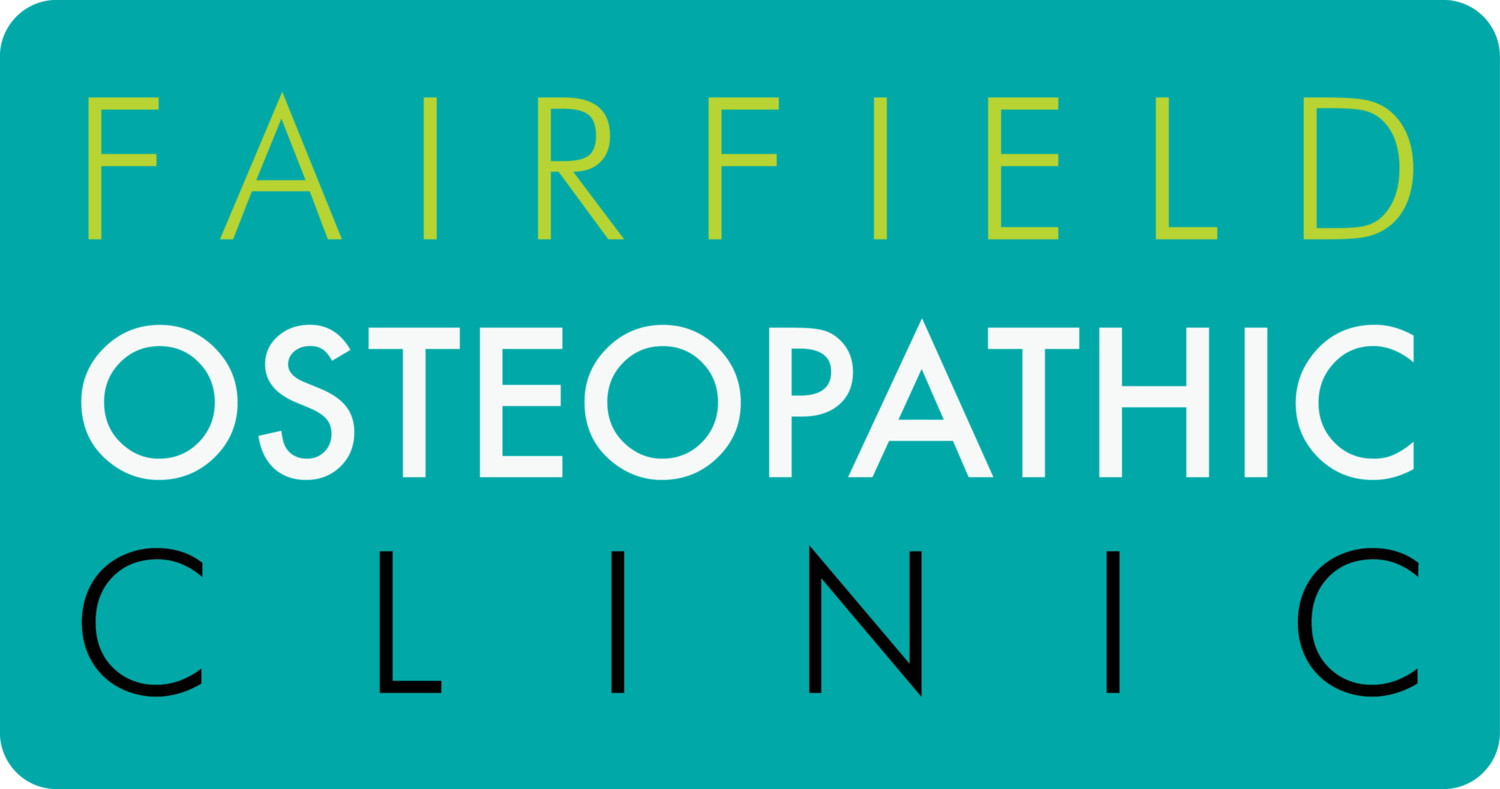Patellofemoral Pain Syndrome
Patellofemoral Pain Syndrome is a very common type of knee pain felt around and under the kneecap. Here are tips to manage the pain of PFPS:
1. Rest
The first step is to avoid activities that stress the knee. That’s often anything involving a bent knee. This can include stairs, squatting, sitting with bent knees, walking, running, cycling, and even swimming.
Work out the activities that bring on your symptoms and rest as much as possible from them. Two weeks would be the minimum period of rest for mild cases. After this time, start testing your knees by slowly returning to normal activities. If symptoms return quickly, you will need to stop and rest for a longer period.
2. What about exercise?
Slowly reintroduce exercises so your knee can adapt to stress again. Start with exercises that keep the knee straight (see Quadriceps Setting). Exercises should not aggravate the pain. If you over-do it, try reducing the speed, resistance, amount of repetitions or the range of motion you move through.
Strengthening exercises for both the knee and hip have shown in studies to improve pain levels and function (1). Make sure to do exercises on both legs, not just the painful side.
Good exercises for the two weeks after the period of rest include:
· Quadriceps Setting: keep the leg straight, or only slightly bent and clench the muscles in your thigh for 3 seconds. Start slowly and gently, and increase the duration and strength of contraction as you improve. Aim for 3 sets of 10 clenches daily.
· Hamstring curls: an exercise to do at the gym. Lying face down, bend your knees up to 90˚ to strengthen the hamstrings
· Straight leg raise: lay on your back, turn your foot slightly outwards and lift your leg to approximately 45˚ off the ground without bending your knee. Hold for 2 seconds, then return it to the ground. Stop when your muscles fatigue, or you start to feel any pain.
· Sidelying straight leg raise: a harder version of a clam*. Lay on your side with your body in a straight line. Lift the top leg off the bottom one up to about 45˚ and hold for 2 seconds. Stop when your muscles fatigue, or you start to feel any pain.
Avoid exercises like deep squats or the leg press machine until you have noticed substantial recovery
3. Other Ideas
If you sit down during the day, try to sit with your knees only slightly bent to reduce the amount of pressure through the knee cap.
If you are a runner, try to avoid running on hard surfaces, and avoid slow paced running
Ice or heat can be used for pain relief to soothe sore knees
Massage or osteopathic treatment may help to relieve some flow-on effects of knee pain, like stiffness and soreness.
Knee strapping or braces can help to support the knee short-term
*I have put clams out of the main body as this exercise can create irritation in the buttocks and tighten the low back. If you can complete this without irritation:
Clams: lay on your side with both knees bent so your feet are in line with your spine. Lift the top knee off the bottom on, like opening a clam shell. Hold for 2 seconds, and repeat until your muscles fatigue or you feel any pain.
(1) Peters JS, Tyson NL. Proximal exercises are effective in treating patellofemoral pain syndrome: a systematic review. Int J Sports Phys Ther. 2013 Oct;8(5):689–700

